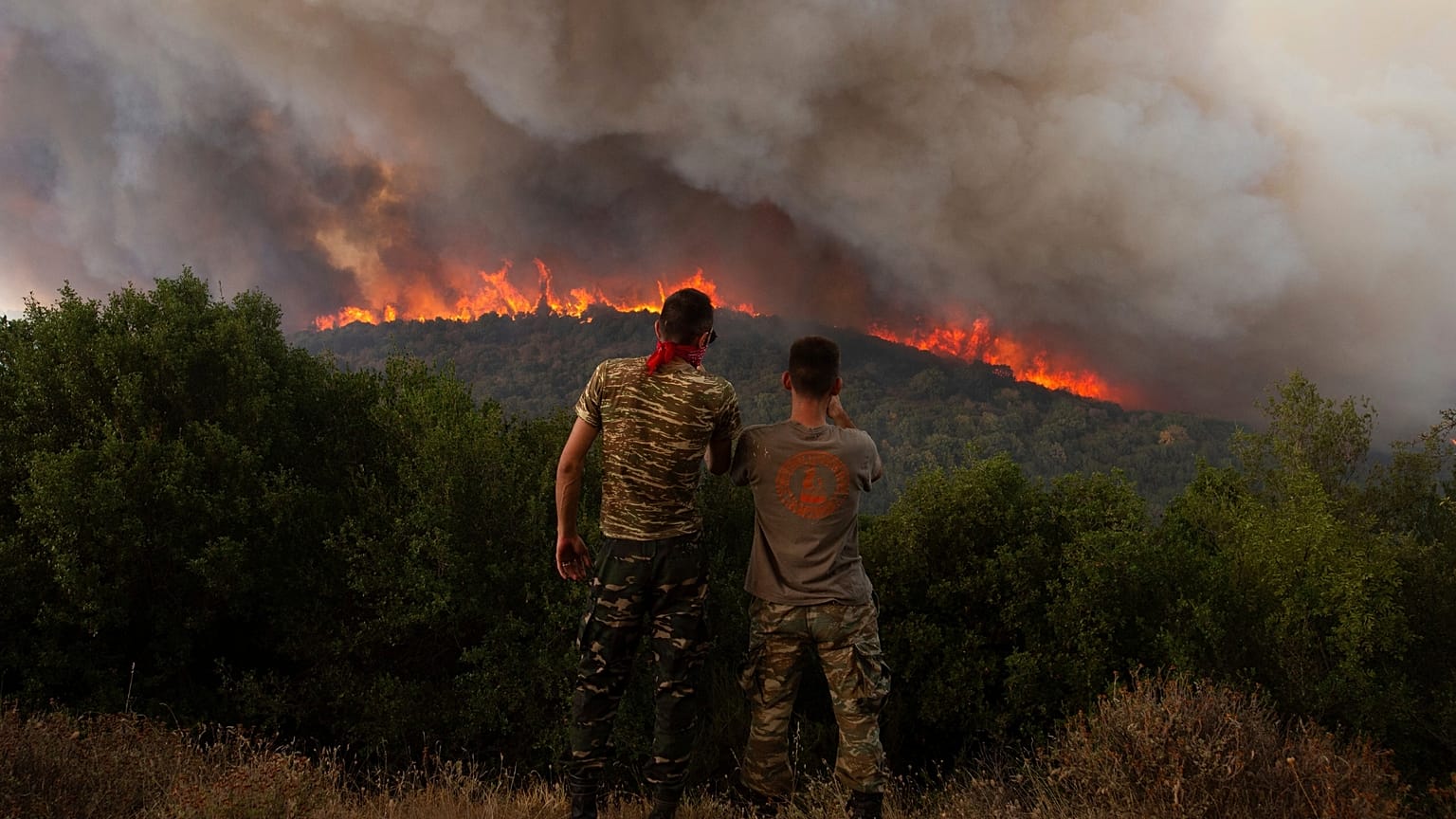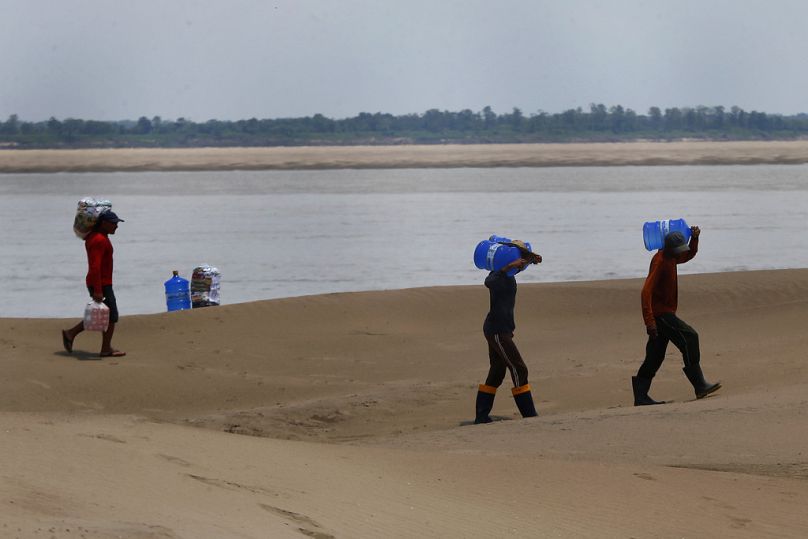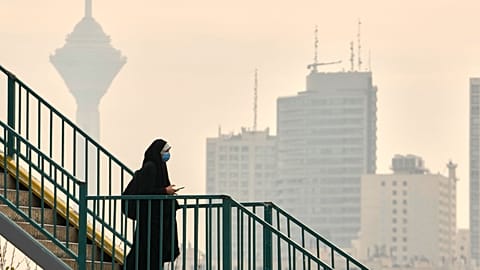The world is on track for 2.5 to 2.9C of heating this century under current Paris Agreement climate plans, a new UN report has found.
A new report from the UN Environment Programme (UNEP), released over a week before climate summit COP28 begins in Dubai, says urgent action is needed to prevent this projection from becoming a reality.
Global greenhouse gasses must be cut by 28 per cent to keep within 2C and 42 per cent to keep the 1.5C limit alive. To do this, mitigation efforts must be significantly strengthened this decade.
“Today's Emissions Gap report shows that if nothing changes, in 2030 emissions will be 22 Gigatonnes higher than the 1.5 degree-limit will allow,” UN secretary-general Antonio Guterres said.
“That's roughly the total present annual emissions of the USA, China, and the EU combined.”
2023 has been a record-breaking year
Global greenhouse gas emissions are reaching all time highs after a 1.2 per cent increase last year, according to the UNEP.
These record emissions are causing record temperatures.
Up until the start of October, average temperatures more than 1.5C above pre-industrial levels were recorded on 86 days.
September was the hottest month on record with average global temperatures reaching 1.8C above pre-industrial levels.
And average global temperatures likely crossed over the critical threshold of 2C above pre-industrial levels last week, according to the EU’s Copernicus Climate Change Service.
These average temperatures need to be sustained over a longer period of time in order to breach official limits such as those set in the Paris Agreement, however.
“This year we’ve seen a horrendous number of records and extremes in terms of heat, in terms of wildfires and in terms of setting new global temperature records,” Anne Olhoff, chief scientific editor of the report, tells Euronews Green.
“But all of what we are seeing now will be like a whisper when what we’ll see in the future will be a roar.”
Has the Paris Agreement made a difference to emissions?
There has been progress since the Paris Agreement in 2015. Under policies in place then, the UNEP predicted a 16 per cent increase in emissions by 2030. Now the projected increase is 3 per cent.
“I do think that we have seen progress, I'm not saying nothing has happened,” Olhoff says.
“But it's really now or never in terms of at least keeping the window for limiting global warming to 1.5 degrees alive at all.”
Big opportunities to cut emissions have been lost in the last few years, she adds. While the war in Ukraine and the resulting energy crisis pushed some countries towards green solutions, others used it to open up new oil and gas exploration or extend the life of coal mines.
One of the biggest obstacles to closing the emissions gap, Olhoff says, is “a lack of global leadership”.
A lack of global leadership
If mitigation efforts under current policies continue as they are today, global warming will only be limited to 3C above pre-industrial levels. Fully implementing efforts laid out in countries' climate plans or National Determined Contributions (NDCs) puts the world on track for 2.9C.
None of the 20 biggest economies in the world are cutting emissions at a rate consistent with their net-zero targets. Even under the most optimistic scenario, the UNEP says, the likelihood of limiting warming to 1.5C is only 14 per cent.
The report shows the emissions gap is “more like an emissions canyon”, Guterres added.
“A canyon littered with broken promises, broken lives, and broken records.
“All of this is a failing of leadership, a betrayal of the vulnerable and a massive missed opportunity.”
Rather than focusing solely on stronger targets for 2035, Olhoff says more ambitious action to bring down emissions is needed before the end of the decade.
“First of all, if we don't do that, then we can wave goodbye to 1.5 degrees.”
We’re not yet seeing a peak in emissions and current climate policies show more like a plateau. But there are huge opportunities for most countries to significantly reduce emissions from and end subsidies for fossil fuels, for example.
Reaching peak emissions should be the “easy part of the curve”, Olhoff says, cutting the final 10, 20 or even 30 per cent is likely to be a lot harder.



















